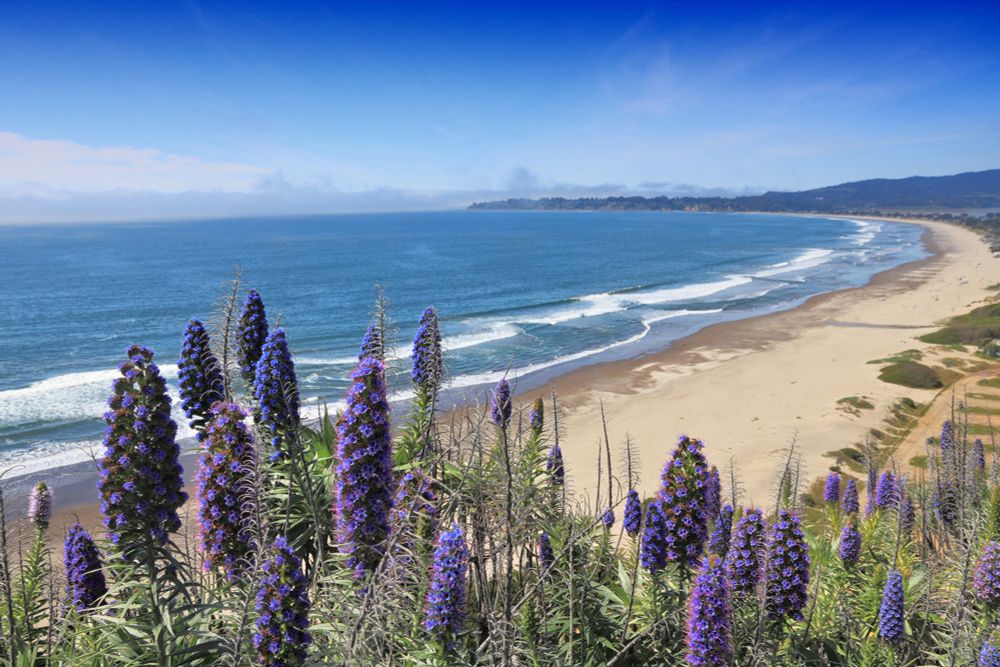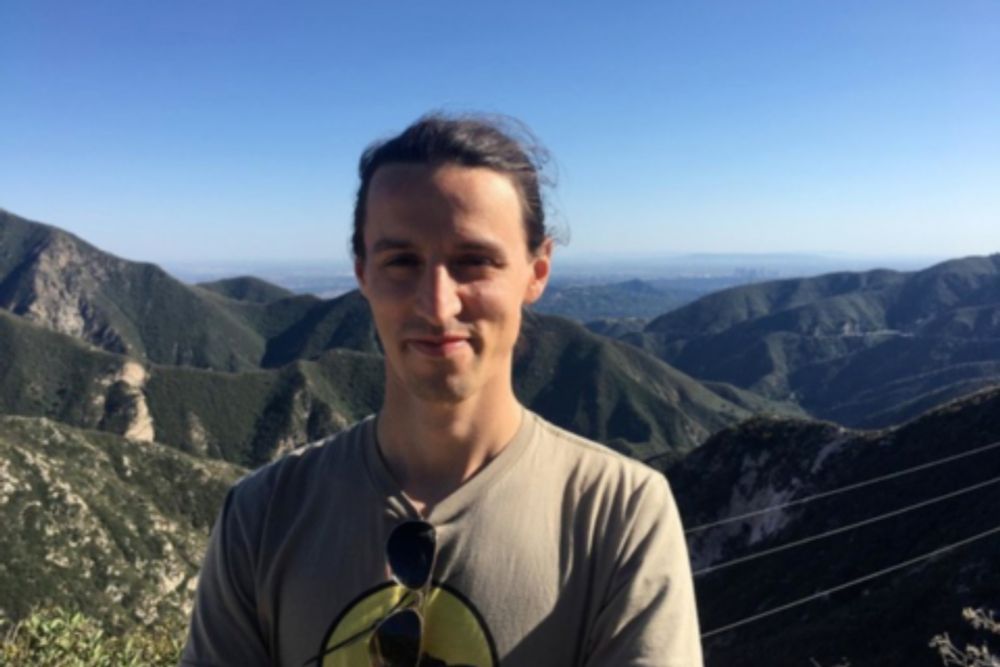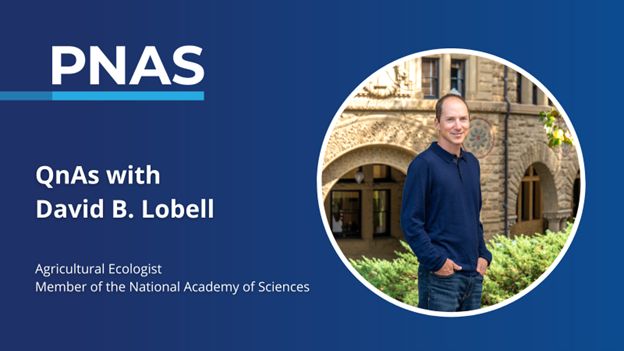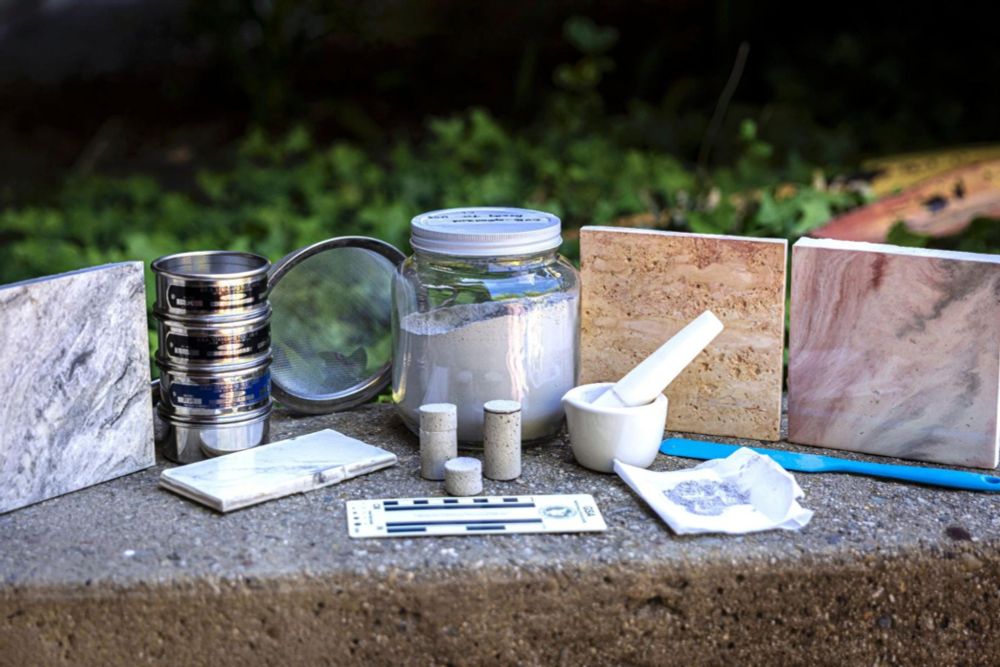Stanford Doerr School of Sustainability
@stanforddoerr.bsky.social
290 followers
140 following
110 posts
https://sustainability.stanford.edu/
Posts
Media
Videos
Starter Packs
Stanford University
@stanford.edu
· Aug 15

‘We can’t wait to know everything before we start trying to help’
Stanford marine biologist Steve Palumbi uses fundamental science to find practical solutions to pressing questions about ocean life and its future. His lab’s work on the effects of heat waves on marin...
news.stanford.edu





























